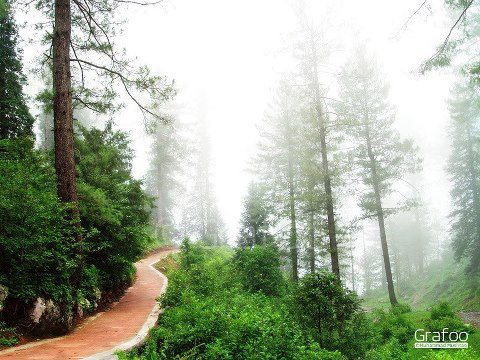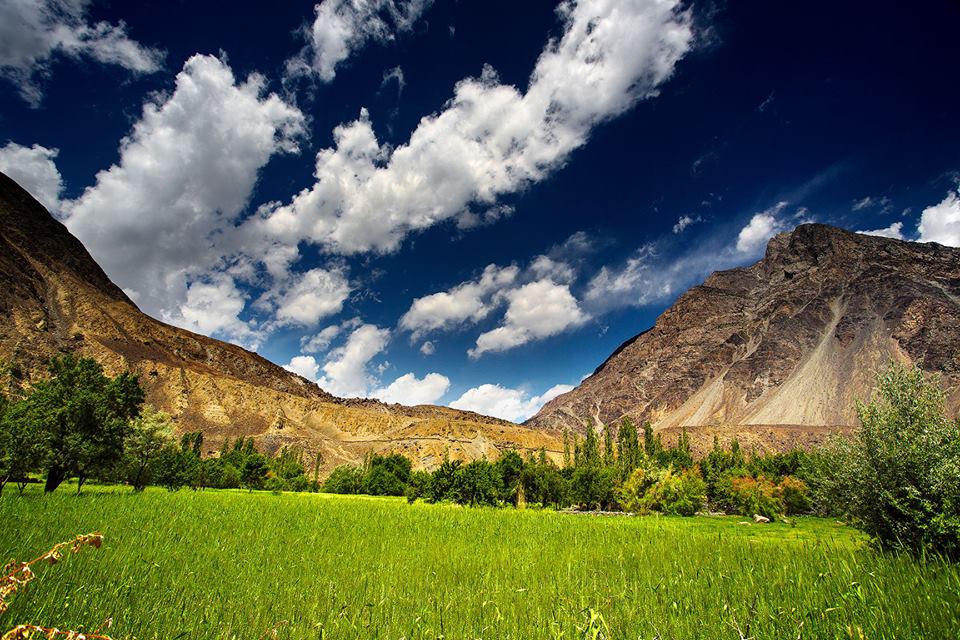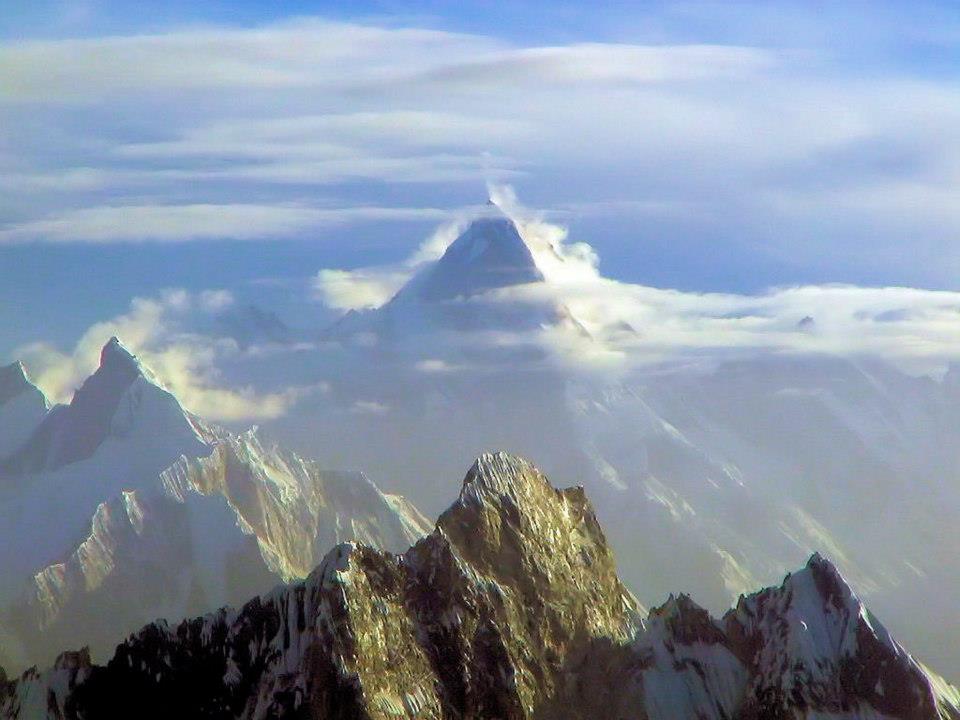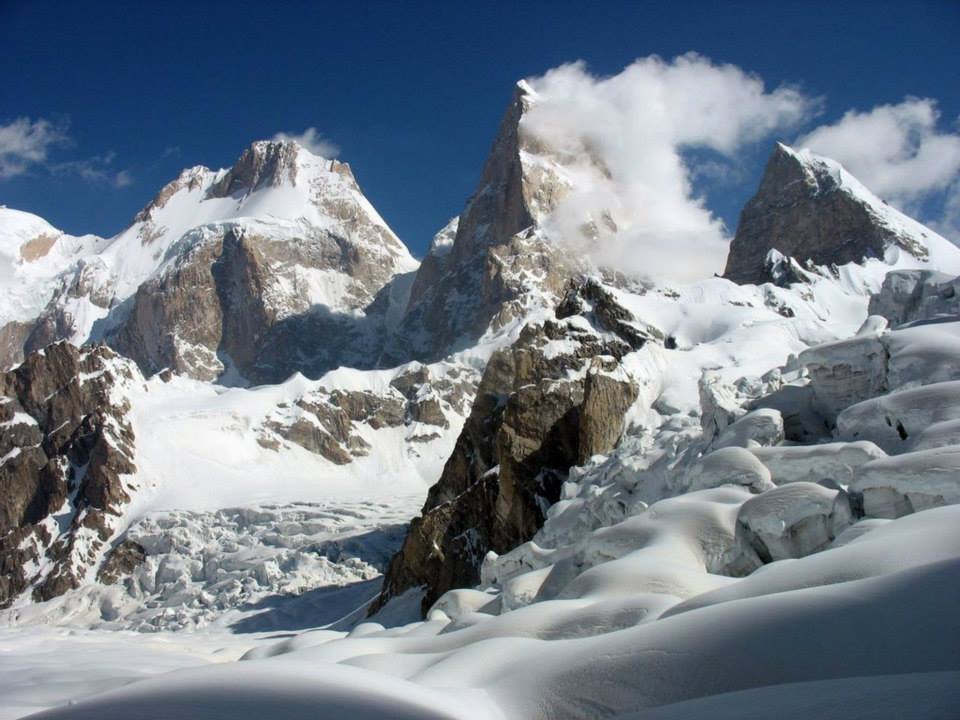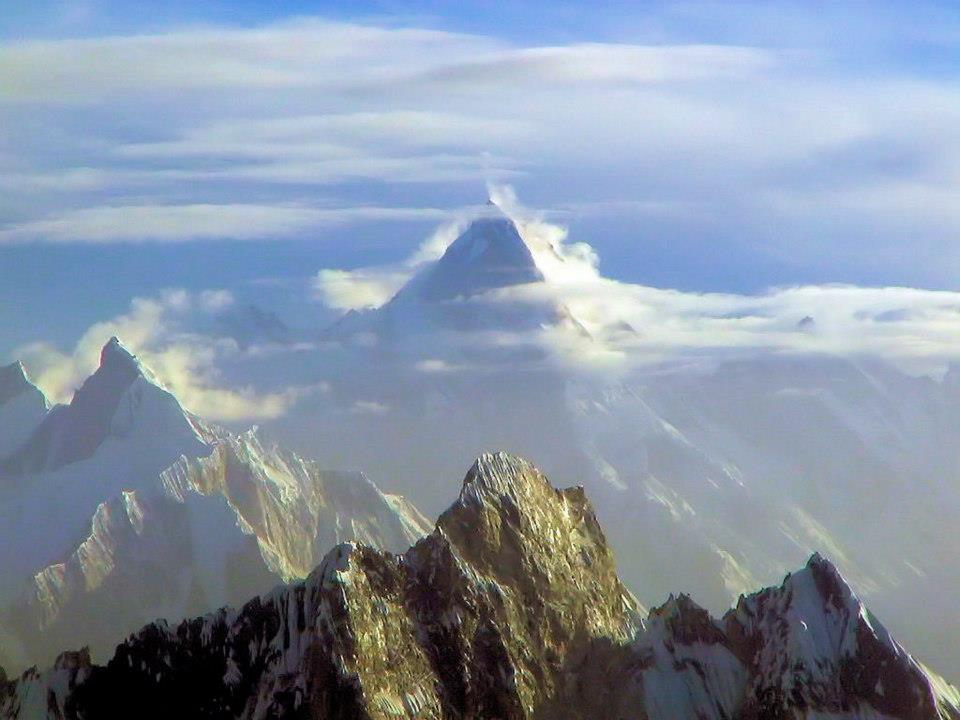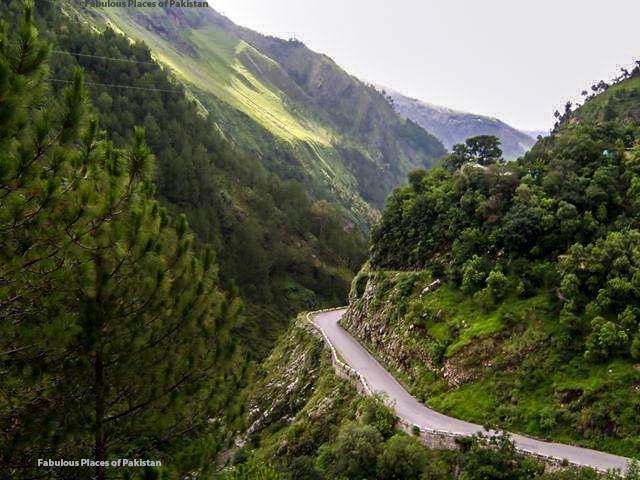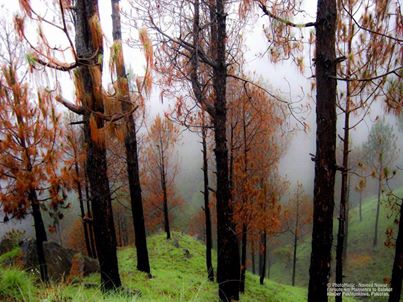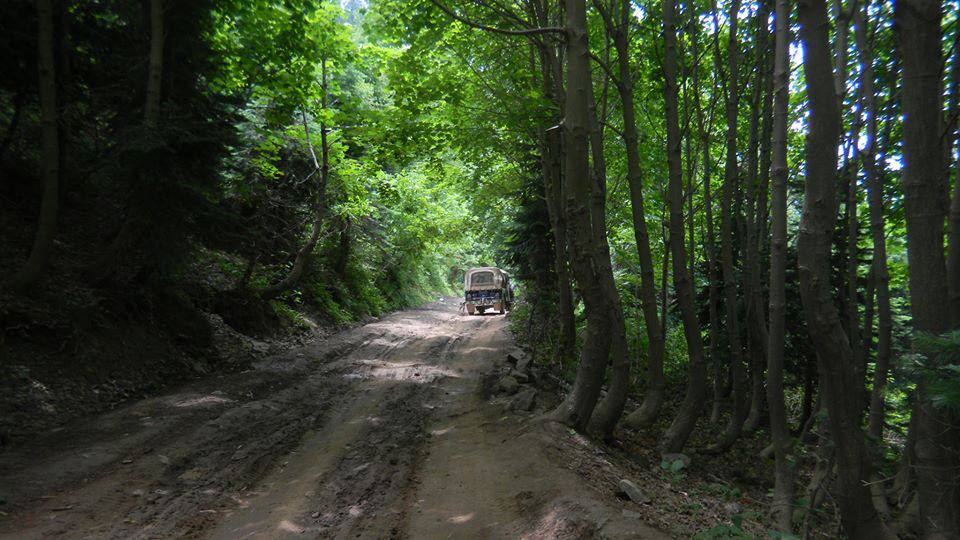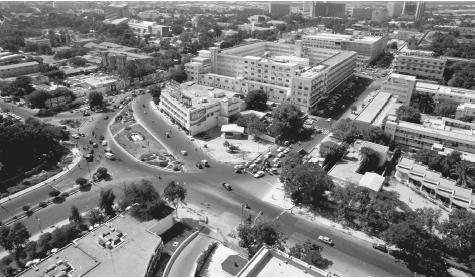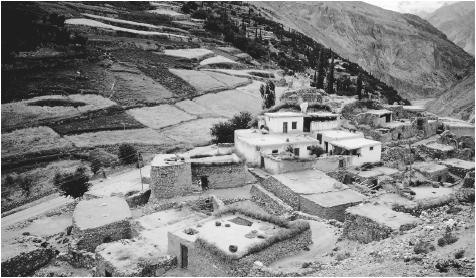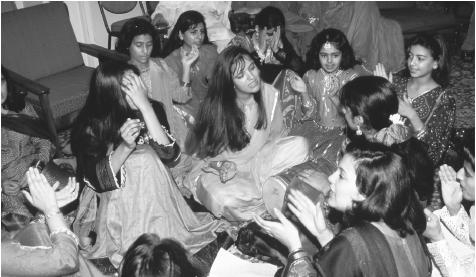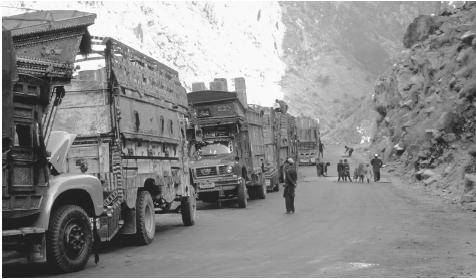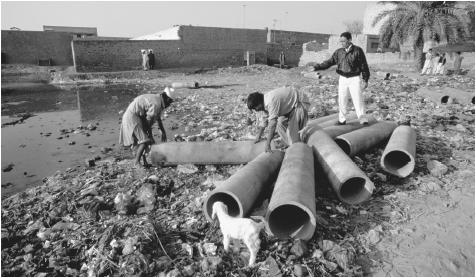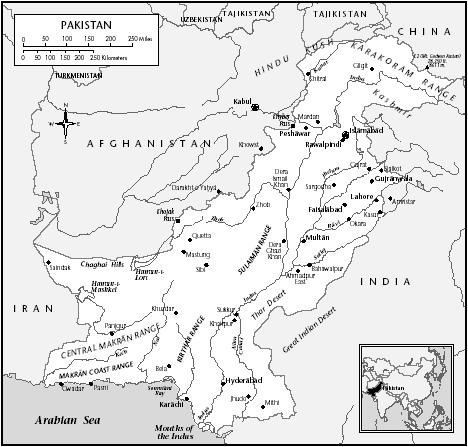Pakistan
The national identity of Pakistan today is that of an Islamic nation; it was created as such. However, because the territory that is now Pakistan has a history that goes back several thousand years, the area has a history that forms part of the present identity of Pakistan. That is one of the reasons why both residents and visitors find the relatively young nation of Pakistan historically interesting and why the national identity includes many sites and stories that are centuries older than the nation itself.
The region of Pakistan was home to several ancient cultures including the Vedic Civilization, which thrived for centuries, and was part of an era in which much of the Hindu scriptures were composed.d.
Following the Vedic Civilization a series of kingdoms ruled until the Indo-Greek Kingdom took control around 184 BC.
Under the command of Demetrius of Bactria the Kingdom made great advances in trade and culture, and the city of Taxla was transformed into a major learning center - becoming one of the earliest centers of higher education in the world.
Today this city, located just west of Islamabad, is a major archaeological site in Pakistan.
During medieval times the Rai Dynasty of Sindh conquered the region of Pakistan and ruled until Arab general Muhammad bin Qasim took over in 712 AD, setting the stage for subsequent Muslim empires.
It was the Mughal Empire that converted much of the region of Pakistan from Buddhist and Hindu to Islam, and as the empire began to decline during the early 18th century, Afghans, Balochis and Sikhs assumed control until the British East India Company ascended over South Asia.
In 1947, as British rule came to an end in India, Pakistan was created when the Muslim-dominated parts of India (to the west and east) of Hindu India, were given autonomy.
Those two partitions were called East and West Pakistan and they were separated (right down the middle) by India.
The city of Islamabad, with its mix of traditional Islamic architecture styles and modern features, became the capital city when it was officially moved here from Karachi in 1959.
Then, in 1971, East Pakistan demanded independence, and after a bloody civil war it was transformed into what is now called the country of Bangladesh.
West Pakistan, now present-day Pakistan, has been in constant dispute with India over the Kashmir Region, and after many wars and border disputes, the status of the area remains in limbo.
During 1991 Pakistan was involved in the Gulf War, sending over 5,000 of its troops to Saudi Arabia as part of the U. S.-led coalition.
Then, in response to Indian nuclear weapons testing, Pakistan conducted its own tests in 1998. Today, the long-term goal of both nations is military stability, and promising discussions continue.
On October 8, 2005 a major earthquake occurred in the region of Kashmir, near the city of Muzaffarabad, causing severe damage and killing thousands. In the aftermath, money and medical aid poured in from countries all over the world, and Pakistan began reconstruction using earthquake-resistant materials on their new buildings.
Pakistan's economic structure has changed from agricultural to service-based, and substantial foreign investment. It is a rapidly developing country with the potential to become one of the world's largest economies in the 21st century.


